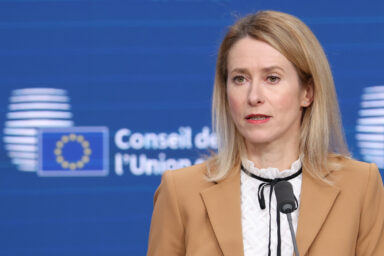In a significant step towards strengthening Europe’s digital defense, EU telecom ministers have formally adopted the new EU Cyber Crisis Management Plan. The comprehensive framework aims at enhancing the bloc’s preparedness and response to large-scale cyber incidents.
The Council adopted the plan on Friday. It builds on the foundations of the 2017 Cybersecurity Blueprint, and aligns with recently adopted legislative measures like the NIS2 Directive and the Cyber Solidarity Act. It also offers clear guidance on how member states and EU bodies should coordinate their technical, operational, and political responses to cybersecurity incidents threatening the stability of the internal market or public security.
Nato partnership still relevant
The plan also marks a renewed commitment to civil-military cooperation, particularly in Nato-EU partnership. It encourages enhanced information-sharing mechanisms to ensure rapid, efficient crisis management while respecting the sensitive nature of intelligence exchanges.
Importantly, the EU also plans to extend joint cyber exercises beyond member states, including strategic partners like Bosnia and Herzegovina, Georgia, Moldova, and Ukraine, where Nato is actively engaged. Such collaboration aims to fortify broader regional cybersecurity resilience amid growing geopolitical tensions. In particular, experts from Nato and Moldova have worked together to enhance the resilience of the country’s critical energy infrastructure against cyber and hybrid threats.
“While the primary responsibility lies with individual member states, cyber incidents of a large scale can overwhelm national capacities or cross borders, necessitating swift and coordinated action at the Union level,” the Council statement emphasised.
You might be interested
It underscores the critical role of EU institutions such as ENISA, the EU Agency for Cybersecurity, and EU-CyCLONe, the European Cyber Crisis Relay Network, in orchestrating these efforts. Indeed, the new blueprint details what triggers the EU crisis management mechanism, clarifies the responsibilities of the relevant networks, and defines how different players interact across the crisis lifecycle.
Security, Europe!
“Every four hours or so they would have disconnections to the energy infrastructures. And this is clearly inhumane, especially in January, to treat people like this. For some of them, even the water supply was affected. So it is clear that the Russians were using Moldova’s separatist region of Transnistria as a tool to exert their influence in the country, and to create this humanitarian crisis,” a high Moldovan official told EU Perspectives.
The Russians were using Moldova’s separatist region of Transnistria to create this humanitarian crisis.
The adoption of this plan reflects the EU’s ongoing efforts to respond to evolving cyber threats. It also supports the soon-to-end Polish Presidency’s priority of Security, Europe!, as digital resilience becomes ever more critical for the bloc’s stability.











